Destination guide for Charleston’s Nathaniel Russell House Museum.
History
Originally from Rhode Island, Nathaniel Russell moved to Charleston in 1765 and established himself as a successful merchant and trader of captive Africans. He married Sarah Hopton in 1789, with whom he had two daughters, and in 1808, Nathaniel moved his family to the now-famous townhouse at 51 Meeting Street. This townhouse was considered one of the finest in Charleston, with well-appointed rooms, elaborate architectural features, and formal gardens.
Visiting the Nathaniel Russell House Museum
The Nathaniel Russell House Museum (NRHM) was one of four historical homes I visited during my trip to Charleston. The house has been beautifully restored, showcasing the elegance that made it famous in the 1800s. Guests are welcome to explore the first and second floors of the home, which include the entryway, a formal dining room, a music room, a small office, and several other splendid rooms. On the 2nd floor, visitors can also check out a small exhibit displaying items from the home.
An interesting aspect of the house, and one of significant impact, is the attached kitchen area. This section of the house is undergoing excavations as part of the Kitchen House Project, research that is unearthing artifacts associated with the enslaved people who worked and lived in the home. As someone with a passion for archeology and history, I was captivated by the opportunity to witness an excavation in progress and view some of the recently discovered items.
Overall, I found my visit to the NRHM worthwhile. The history associated with Nathaniel Russell, his family, and the home is fascinating, and the house itself has some beautiful art and architecture. My guide did a good job of sharing the history and story of the enslaved individuals who worked at the home, and her discussion was enhanced by the excavations and displays found in the kitchen area.
The famous cantilevered staircase is the home’s most notable architectural feature. This staircase, spanning three floors and circling counterclockwise, is an architectural wonder in that each step supports the other, creating a “free-standing” structure. Under the staircase, there is a “window” that allows guests to view the cantilever effect.
When visiting the house, guests can take a self-guided tour via an app or participate in a guided tour, which lasts approximately 45 minutes and starts at the top of each hour, with the last tour beginning at 4 PM. After the guided tour, you are allowed to explore the home on your own, which is an excellent opportunity to return to your favorite rooms and take more pictures!

If interested in exploring other historical homes, the Historic Charleston Foundation offers a combo ticket that includes admission to the house museums of Nathaniel Russell and Aiken-Rhett. This ticket saves $8 on adult admission (combo ticket is $24; each house museum is $16).

Given its historic nature, the Nathaniel Russell House Museum is not accessible.
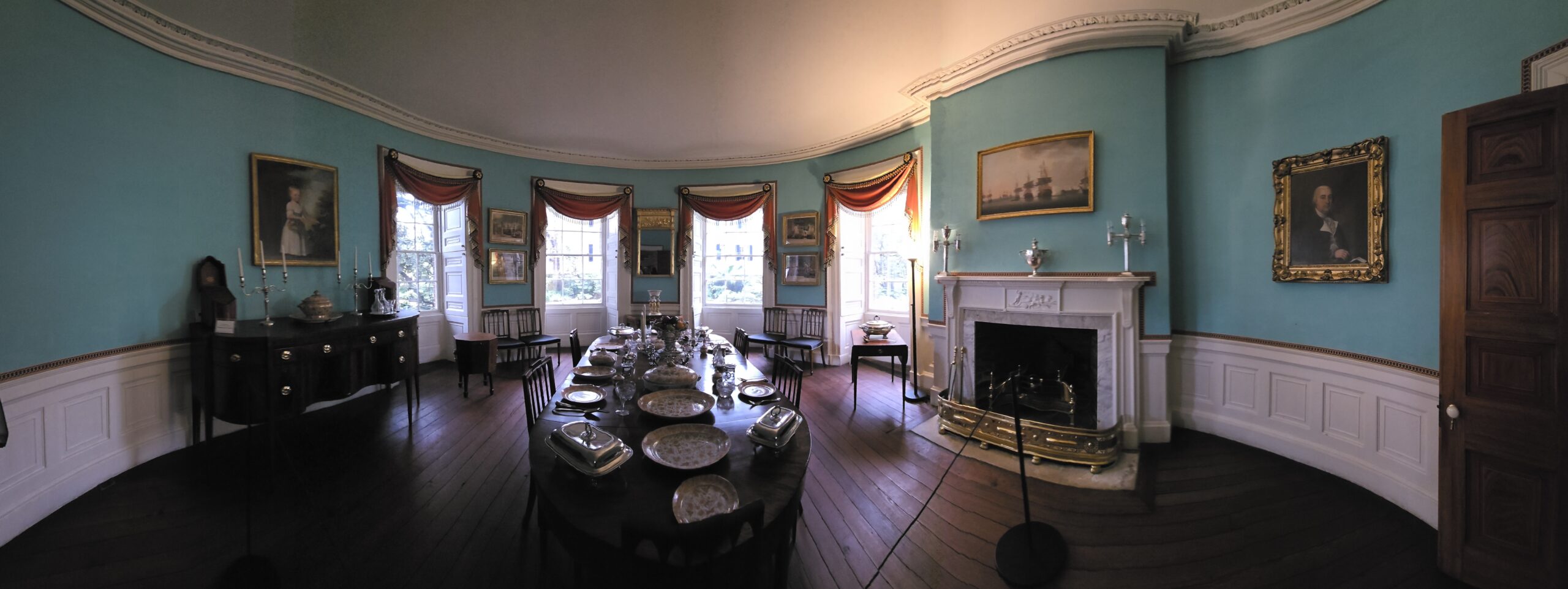
(Image is a bit distorted as I used my phone’s panorama feature to capture the whole room.)
Travel Tip
Another great historic house, the Heyward-Washington House, is just a block from the Nathaniel Russell House Museum. The Heyward-Washington House is where President George Washington lodged during his weeklong visit to Charleston.
Resources
For additional information, visit the Nathaniel Russell House Museum website.
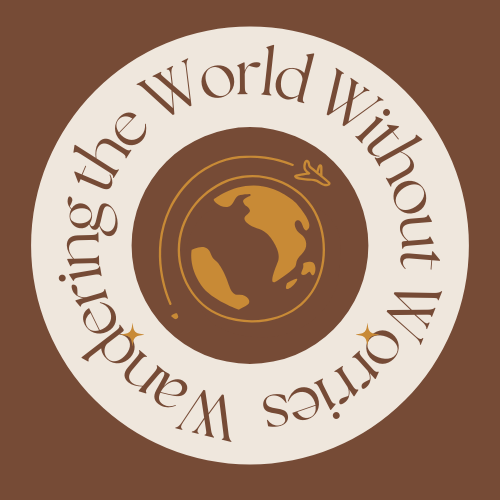
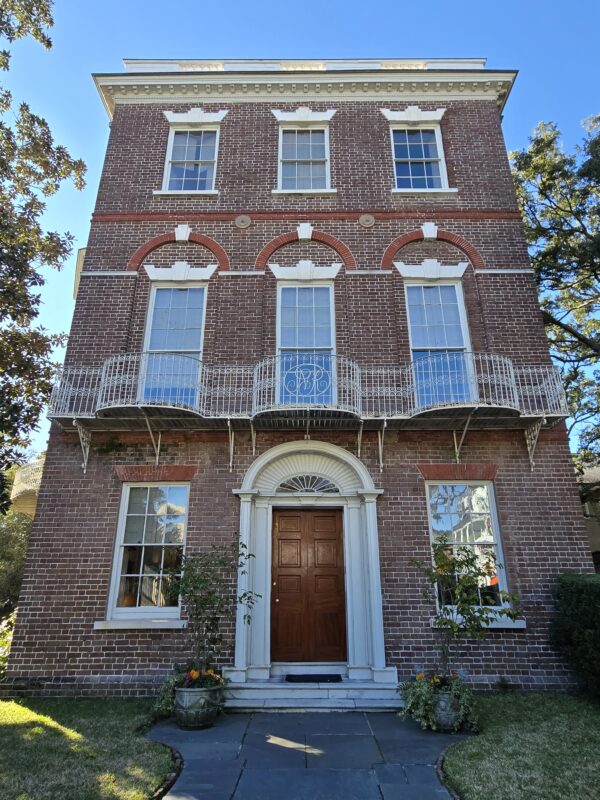
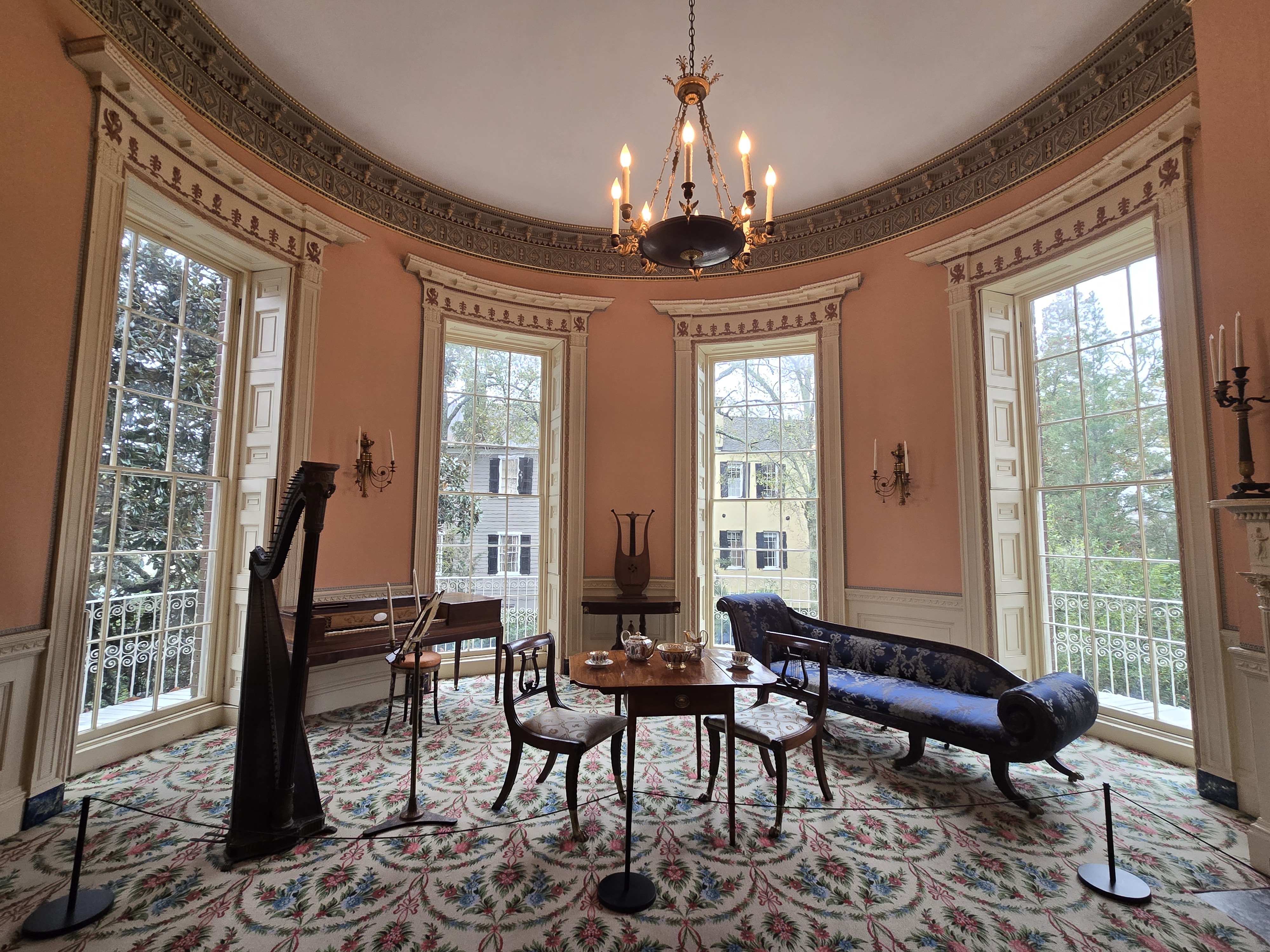
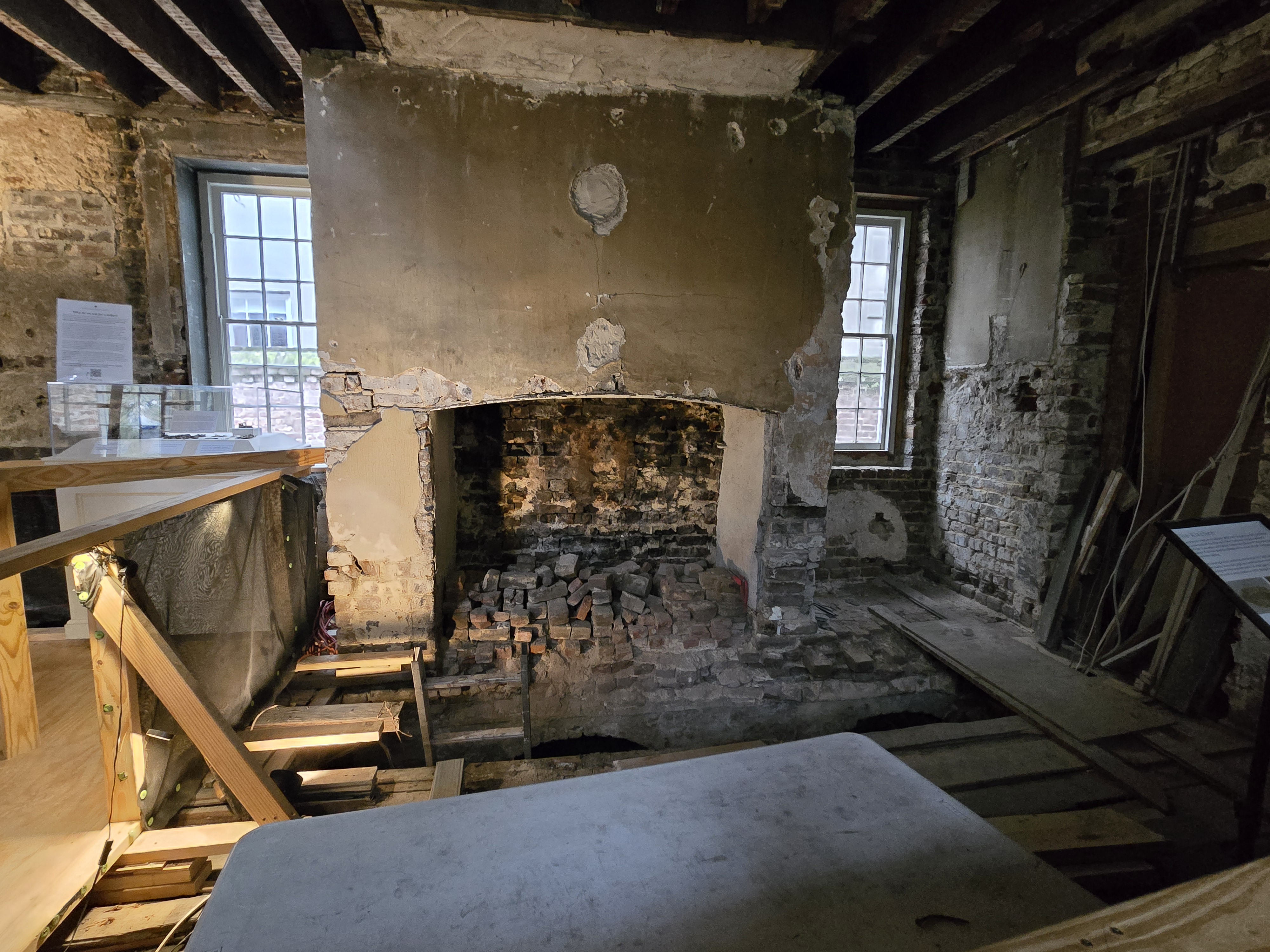
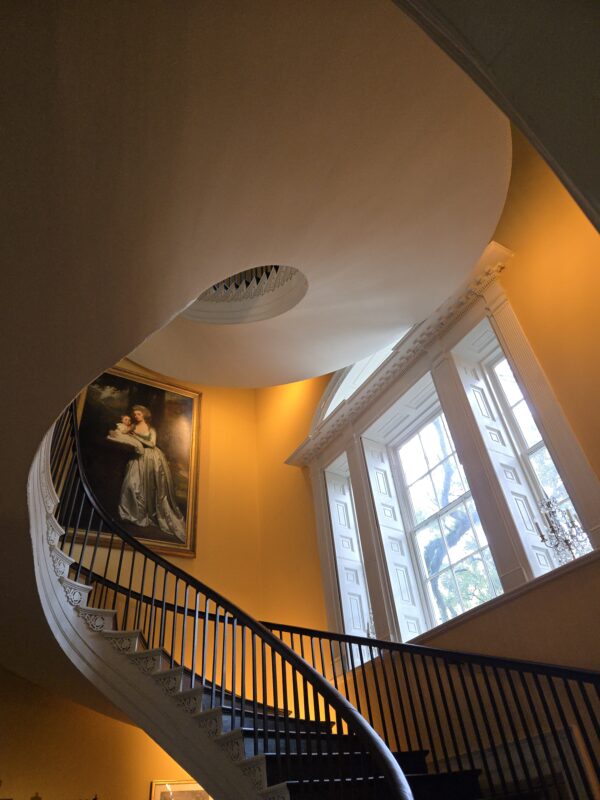
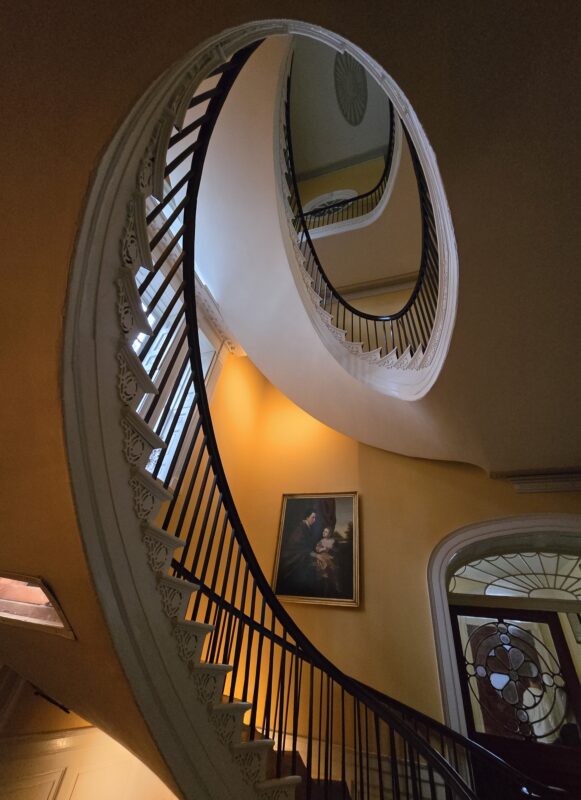
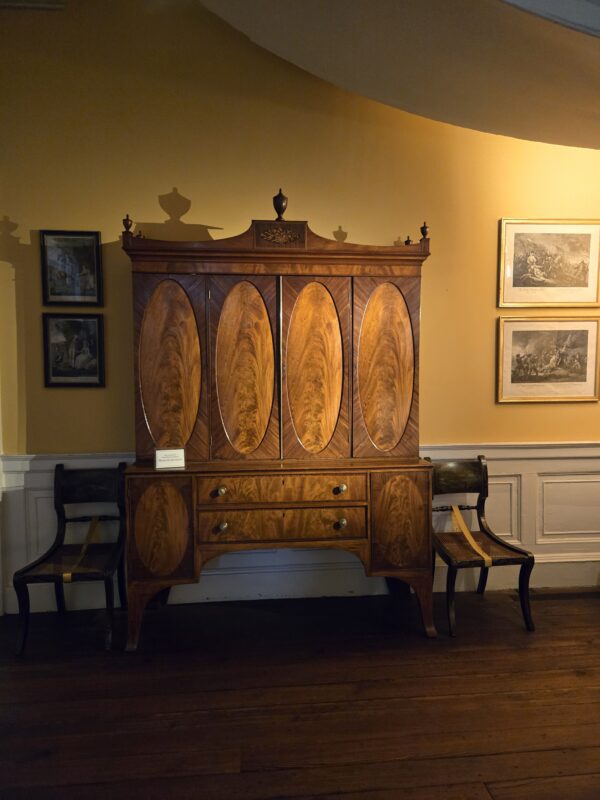

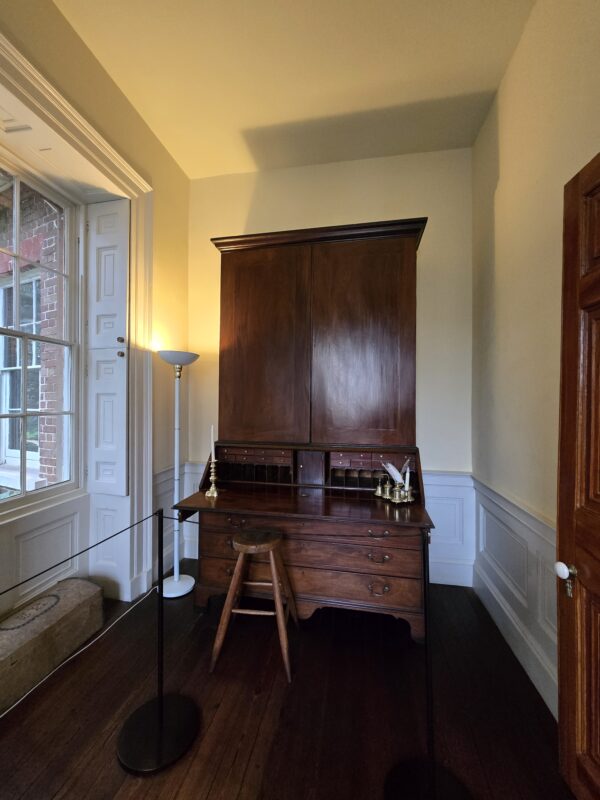
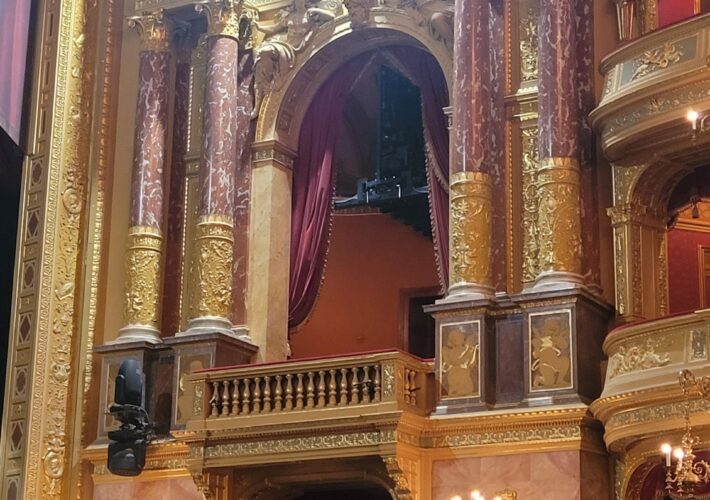
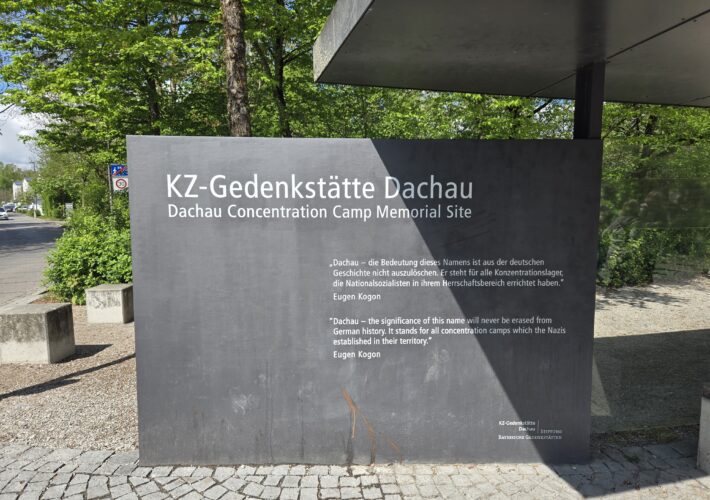
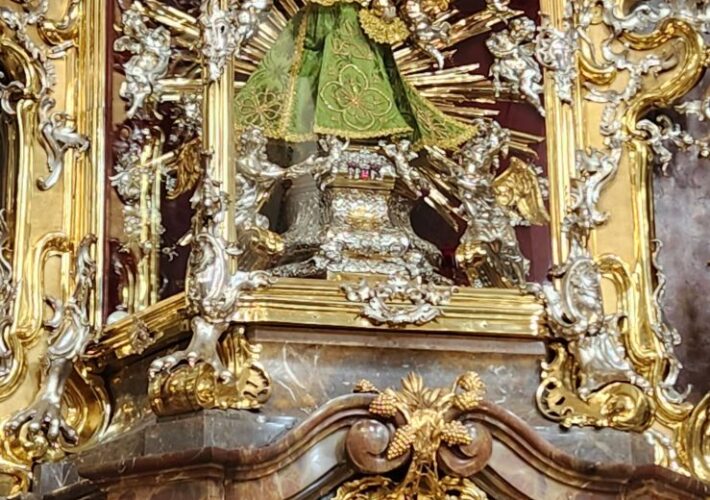
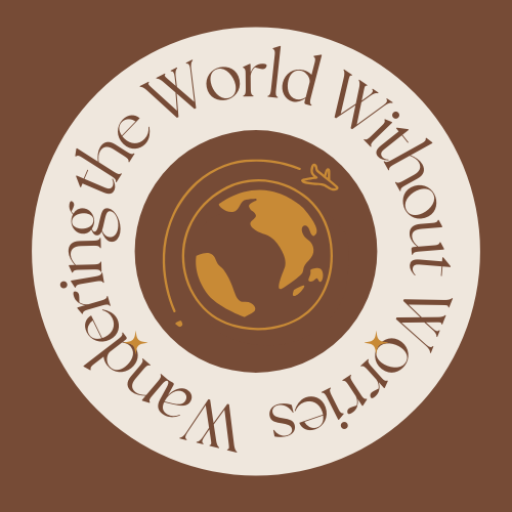

Leave a Comment